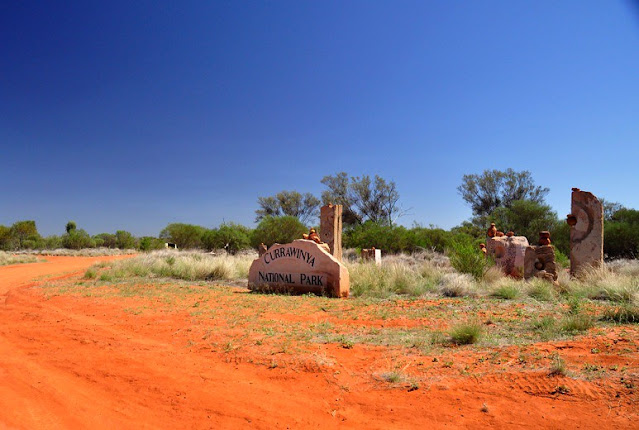Welcome to an awe-inspiring journey through the natural beauty of Australia! You should explore Wallaman Falls, an extraordinary waterfall that stands tall as one of the country's most captivating landmarks. Prepare to be mesmerized by its grandeur, enchanting surroundings, and fascinating geological features.
Discovering Wallaman Falls
Nestled within the stunning UNESCO World Heritage-listed Wet Tropics rainforest in Queensland, Australia, Wallaman Falls is an iconic destination that leaves visitors in awe. With a total height of 268 meters (879 feet), it proudly claims the title of the country's tallest single-drop waterfall. It's immense beauty and remarkable geological significance make it a must-visit for nature enthusiasts and adventurers alike.
Geological Marvel: The Creation of Wallaman Falls
To truly appreciate Wallaman Falls, it is essential to understand its geological origins. The falls were formed through the powerful forces of erosion and water flow over millions of years. The cascade is situated along Stony Creek, which meanders through an ancient volcanic basalt lava flow. This unique geological makeup, combined with the surrounding rainforest's rich biodiversity, creates a captivating landscape that appeals to both scientists and nature lovers.
A Symphony of Natural Wonders
1. Majestic Plunge Pool
At the base of Wallaman Falls lies a magnificent plunge pool, fed by the cascading waters. The pool serves as a tranquil oasis, providing a refreshing respite for those seeking relief from the tropical heat. Visitors can bask in the soothing ambiance while marveling at the falls' uninterrupted flow, creating a symphony of sights and sounds.
2. Lush Rainforest Wonderland
Wallaman Falls is enveloped by the enchanting Wet Tropics rainforest, one of the oldest and most diverse rainforests on Earth. Its emerald canopy shelters an astounding array of flora and fauna, making it a haven for nature enthusiasts. Wander along the well-maintained walking trails, and you'll be rewarded with encounters with unique plant species, vibrant birdlife, and, if you're lucky, glimpses of curious marsupials like the Lumholtz's tree-kangaroo.
3. Geological Splendor: Basalt Columns
Adding to the falls' allure are the striking basalt columns that flank its sides. These hexagonal rock formations, reminiscent of towering organ pipes, are a testament to the geological processes that shaped the landscape. Marvel at the symmetrical beauty of these columns, a natural masterpiece that further enhances the grandeur of Wallaman Falls.
Wallaman Falls: A Thrilling Adventure
For adventure seekers, Wallaman Falls offers an array of activities to get your adrenaline pumping. Embark on an exhilarating hiking expedition, trekking through the rainforest and ascending to vantage points that provide breathtaking panoramic views of the falls. Capture the perfect photograph or simply soak in the awe-inspiring scenery as you immerse yourself in nature's embrace.
Preserving the Pristine Beauty
The preservation of Wallaman Falls and its surrounding ecosystem is of utmost importance. Efforts have been made to ensure its protection, including the implementation of sustainable tourism practices, educational initiatives, and ongoing research. By visiting Wallaman Falls, you not only witness its majesty firsthand but also contribute to the conservation efforts that safeguard this natural wonder for future generations.
Plan Your Visit
To make the most of your visit to Wallaman Falls, consider the following tips:
Getting There: The falls are located within Girringun National Park, approximately 50 kilometers (31 miles) west of Ingham. Accessible by road, a well-maintained car park is available near the falls' lookout.
Best Time to Visit: Wallaman Falls is a year-round destination, but the wet season (December to March) showcases the falls in their full glory. However, be aware that heavy rainfall can affect accessibility during this period.
Safety: While exploring Wallaman Falls, prioritize your safety by adhering to signage, staying on designated paths, and avoiding prohibited areas. It's essential to exercise caution, especially near cliff edges and slippery surfaces.
Conclusion
Wallaman Falls stands as a testament to the captivating beauty and geological marvels that Australia has to offer. Its towering cascade, nestled within the lush embrace of the Wet Tropics rainforest, provides an unforgettable experience for those fortunate enough to witness its grandeur. By venturing to this extraordinary destination, you'll embark on a journey that combines adventure, tranquility, and an appreciation for the intricate wonders of our natural world.



















































